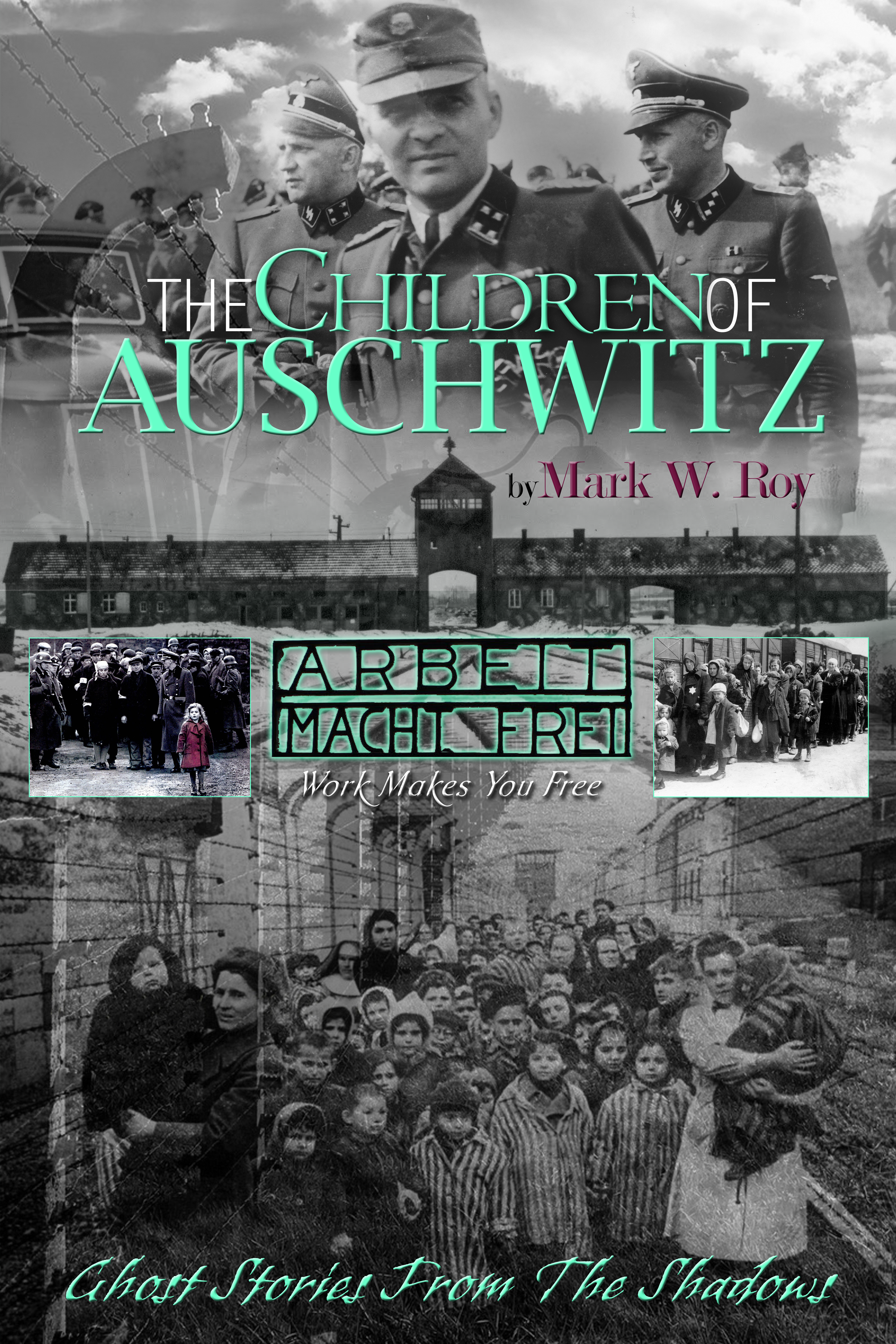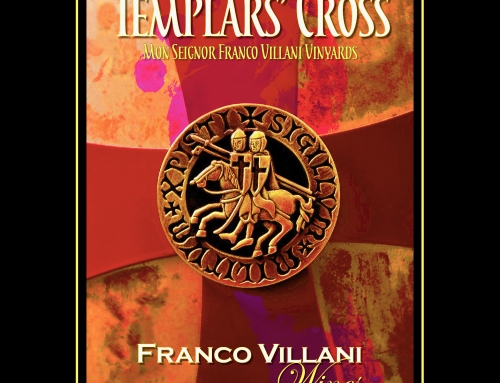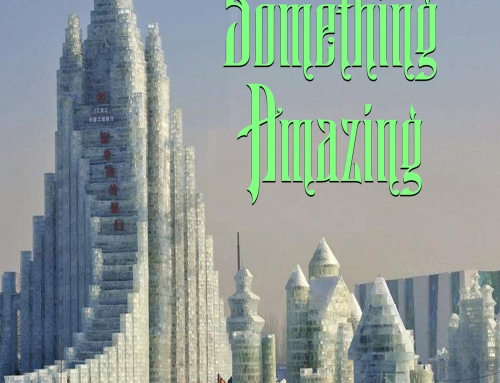The Auschwitz Museum staff found a mug with a double bottom and a jewellery hidden inside in one of dozens of thousands of enamelled kitchenware looted by the Germans from people deported to Auschwitz-Birkenau.
‘During the works to secure the enameled kitchenware located at the main exhibition, it turned out that one of the mugs has a double bottom. It was very well hidden, however, due to the passage of time, the materials underwent gradual degradation, and the second bottom separated from the mug,’ said Hanna Kubik of the Memorial Collections.
‘Under it, among others was a women’s ring made of gold and a necklace wrapped in a piece of canvas. The ring as well as the chain have test properties for gold 583 placed on products produced in Poland in the years 1921-1931. It is the head of a knight with the number three on the right side. For detailed confirmation of the contents of the findings, the object was subjected to specialist tests, among others x-ray pictures, and a test using the XRF method, which proved the presence of the metals: copper, gold and silver’ – added Kubik.
Despite the passage of more than 70 years since the liberation of the German Nazi concentration and extermination camp, there are still cases of accidental discovery of objects hidden by the victims. ‘The Germans incessantly lied to the Jews deported for extermination. They were told about resettlement, work and life in a different location. They allowed the victims take with them little luggage. In this way, the Germans were confident that in the luggage – including clothes and items needed for life – they would find the last valuables of the deported families,’ said the Director of the Auschwitz-Birkenau State Museum Dr. Piotr M. A. Cywiński.
‘The hiding of valuable items – repeatedly mentioned in the accounts of survivors, and which was the reason for ripping and careful search of clothes and suitcases in the warehouse for looted items – so-called “Kanada” – proves on the one hand to the awareness of the victims as to the robbery nature of the deportation, but on the other hand it shows that the Jewish families constantly had a ray of hope that these items will be required for their existence’ stressed director Cywiński.
All findings are carefully documented and secured by the conservators, because they are the most recent traces of individual victims of the camp. Unfortunately, quite often the owners of these items remain anonymous, because there are no traces left on the objects to help identify them.
In the Collections of the Memorial, there are more than 12,000-enamelled kitchenware, among others, cups, pots, bowls, kettles, jugs, including crockery decorated with images of children playing and images of animals.
The jewellery found in the mug will be stored in the Collections of the Museum in the form reflecting the manner in which it had been hidden by the owner, as a testimony to the fate of the Jews deported to the German Nazi concentration and extermination camp.
A portrait made in the camp depicting Zygmunt Salwerowicz, a prisoner of the German Nazi concentration and extermination camp Auschwitz, has been donated to the Collections of the Memorial by his son, Adam Salwerowicz.
‘The portrait of Zygmunt in a civil sweatshirt and a striped prison beret on the head, was illegally made in 1944 in the Auschwitz subcamp, Eintrachthütte (Świętochłowice) by a French Jewish inmate named Jacques de Metz,’ said Agnieszka Sieradzka, an art historian who works in the Museum’s Collections.Adam Salwerowicz from Starachowice, who donated the family memento to the Collections of the Memorial, never met his father. He was born in April 1943 after the arrest of his father by the Germans and his deportation to the concentration camps, from which he never returned.
‘Zygmunt Salwerowicz was deported by the Germans to Auschwitz on 18 March 1943 from the Radom District in a transport of 465 prisoners. He was registered with the no. 108,881. From surviving documents, we know that in mid-February 1944, he was an inmate of the Eintrachthütte subcamp, and in December of that year he was transferred to Mauthausen concentration camp, where he received the number 112,626. However, due to the lack of full documentation we have not been able to determine his fate,’ said of Sieradzka.
Jacques de Metz, a French painter of Jewish origin, arrived in Eintrachthütte subcamp in 1943. ‘He drew at the request of the SS men, based on photographs presented, and also drew illegal portraits of fellow camp inmates. His drawing skills helped him survive the toughest moments in the camp,’ added Agnieszka Sieradzka. During the evacuation of the camp in January 1945, he was transferred to the Mauthausen concentration camp. His further fate is unknown.
Until now, the Auschwitz Memorial had three portraits of prisoners from the Eintrachthütte camp, authorship of Jacques de Metz: the portraits of Jerzy Rogocz, Józef Cepak, and Tadeusz Chmura.
The Eintrachthütte subcamp in Świętochłowice was built next to the Eintracht steel plant, which is a part of the Berghütte concern. In May 1943, the Directorate of the plant signed an agreement with the SS authorities to rent 1,000 prisoners, whom they had intended to place in the former forced labour camp for Jews. The prisoners were accommodated in a camp surrounded by a double fence with barbed wire under voltage. Inside the camp were six wooden barracks, kitchen, sick room, warehouse, bathhouse with a disinfection chamber and latrine.
The prisoners, most of whom initially were Poles, and later Jews, worked in two shifts, mainly in the processing of antiaircraft components and assembly of barrels and mechanisms imported from outside. Working conditions at the lathes, grinders and milling machines would have been bearable, if not for the extremely brutal treatment of prisoners by the SS men.
In January 1945, the camp housed almost 1.3 thousand prisoners, who were later evacuated by train from Świętochłowice the Mauthausen concentration camp. Several dozen sick prisoners were left in the subcamp, who lived to see the liberation
A new exhibition prepared by the Museum in the Google Cultural Institute, tells the story of the deportation of Jews from the ghetto set up by the Germans in the Czech city of Terezin (Theresienstadt) to the Nazi German concentration and extermination camp Auschwitz II-Birkenau. Its authors are Dr. Maria Martyniak of the International Center for Education about Auschwitz and the Holocaust, and Dr. Łukasz Martyniak of the Auschwitz Museum Research Center.
The exhibition presents the story of the ghetto established in June 1942, in Terezin, a city that lies about 60 km to the Northwest of Prague.
‘Throughout the entire period of its functioning, the ghetto in Theresienstadt served three basic functions, which were complementary and interconnected: collective and mass camp for the Jews deported “to the East”, the place of extermination by famine and harsh living conditions, but it was also used for propaganda purposes. Initially, the Jews from Bohemia and Moravia as well as Germany and Austria were directed to Theresienstadt – they were in particular prominent and renowned persons. However, as early as since April 1943, Jews from the Netherlands were deported here, since October from Denmark, in late 1944 from Slovakia, and since the beginning of the year 1945 from Hungary. Ca. 140 thousand people were in total brought to the ghetto.’ – we read in the lesson.
It also describes in detail the creation of a special family camp for Jews deported from the Theresienstadt ghetto in the German Nazi Auschwitz II-Birkenau camp. The first prisoners arrived there on 8 September 1943.
‘The Germans were aware of the fact that the representatives of the International Committee of the Red Cross could demand a proof that the Jews deported from Theresienstadt were alive, safe and sound also in KL Auschwitz. For this purpose, so called Theresienstadt family camp was created in Auschwitz II-Birkenau, named also the BIIb sector. 32 horse-stable wooden barracks were installed within its premises, which became residential buildings – with 300 prisoners housed in each of them and with only 6 sanitary barracks (washrooms and latrines). During 10 months of the existence of the “family camp”, over 17 thousand prisoners were directed there. Only 1200 of them were lucky enough to survive Auschwitz and other camps to which they were later transported.’ – we read.
At the exhibition you will also find a lot of archival documents relating to the deportation from Theresienstadt to Auschwitz, such as transport list or materials of the resistance movement, photos of items belonging to the deportees, but above all read many accounts regarding deportation, as well as stay in KL Auschwitz.
‘The train consisted of stock-cars. There were no windows, only some narrow apertures in the walls that let some air inside. In our car, there was enough space for everybody only to sit down or lay on the floor. We were provided with food for one day and some blankets. The train was moving slowly, we were standing for hours. Nobody knew where we were going and how long it would take. The old, children, men and women.’ – we read in the memoirs of John Freund, deported on 15 December 1943.
‘SS guards in uniforms were giving orders: Leave the train quickly and stand in rows, five people per each, along the track! We noticed some men wearing uniforms with white and black stripes – just like pyjamas. They were prisoners. They told us that we were in Auschwitz. Soon we were squeezed in huge trucks, the doors were locked and the engines turned on. Limited view of the outside that I had was weird: long rows of electric lamps and totally flat landscape; tall barbed wire fencing arranged in perfectly straight lines; observation posts with soldiers, movable reflectors. It looked like a different planet.’ – Freund recalled.
The exhibition in Google Cultural Institute has been prepared in Polish and English.
Other exhibitions of the Museum of Auschwitz in GCI:
• “Polish military resistance movement in Auschwitz”
• “Evac









Leave A Comment
You must be logged in to post a comment.